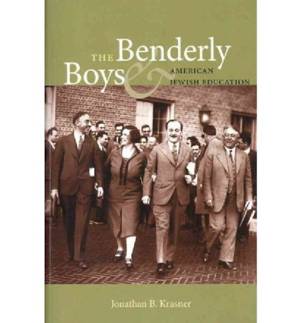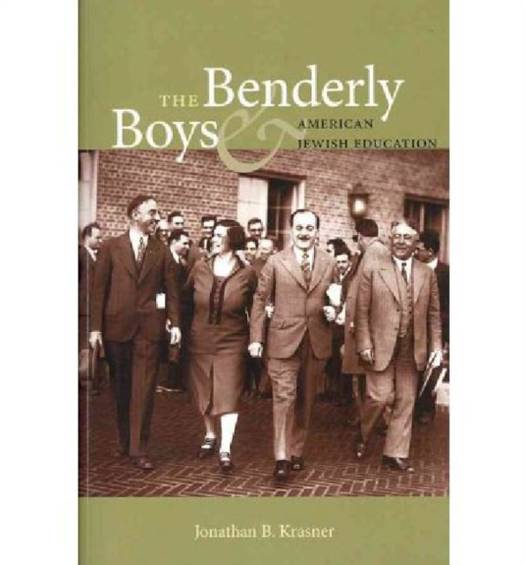
- Afhalen na 1 uur in een winkel met voorraad
- Gratis thuislevering in België vanaf € 30
- Ruim aanbod met 7 miljoen producten
- Afhalen na 1 uur in een winkel met voorraad
- Gratis thuislevering in België vanaf € 30
- Ruim aanbod met 7 miljoen producten
Zoeken
Prijzen
Omschrijving
Samson Benderly inaugurated the first Bureau of Jewish Education in 1910 amid a hodgepodge of congregational schools, khayders, community Talmud Torahs, and private tutors. Drawing on the theories of Johann Pestalozzi, Herbert Spencer, and John Dewey, and deriving inspiration from cultural Zionism, Benderly sought to modernize Jewish education by professionalizing the field, creating an immigrant-based, progressive supplementary school model, and spreading the mantra of community responsibility for Jewish education. With philanthropist Jacob Schiff and influential laymen financing his plans, Benderly realized that his best hope for transforming the educational landscape nationwide was to train a younger generation of teachers, principals, and bureau leaders. These young men became known collectively as the "Benderly Boys," who, from the 1920s to the 1970s, were the dominant force in Jewish education--both formal and informal--in the United States.
Specificaties
Betrokkenen
- Auteur(s):
- Uitgeverij:
Inhoud
- Aantal bladzijden:
- 498
- Taal:
- Engels
- Reeks:
Eigenschappen
- Productcode (EAN):
- 9781584659839
- Verschijningsdatum:
- 10/05/2011
- Uitvoering:
- Paperback
- Formaat:
- Trade paperback (VS)
- Afmetingen:
- 157 mm x 234 mm
- Gewicht:
- 721 g

Alleen bij Standaard Boekhandel
+ 96 punten op je klantenkaart van Standaard Boekhandel
Beoordelingen
We publiceren alleen reviews die voldoen aan de voorwaarden voor reviews. Bekijk onze voorwaarden voor reviews.










